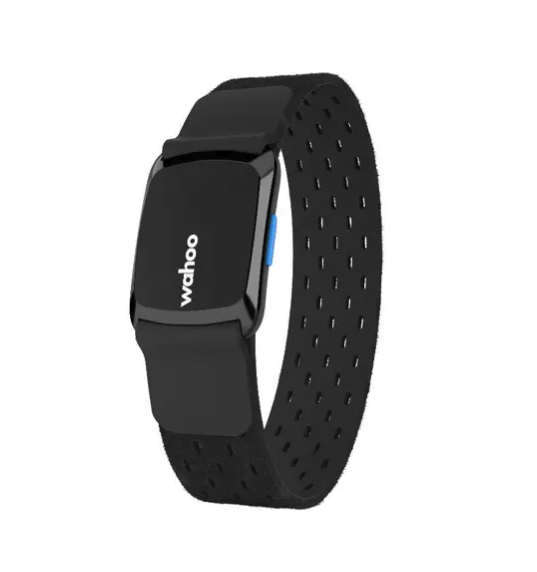Getting an accurate heart rate reading while cycling or running seems to be a challenge these days.
Five or six years ago the industry shifted away from chest straps, as many athletes find them uncomfortable, to sensors on the back of watches. These devices consist of LEDs that shine wavelengths of light into the skin to measure the amount of light scattered by blood flow. Photodetectors pick up the reflected light and then a series of algorithms are used to determine heart rate. The heart rate the athlete sees is a result of calculations, not straight forward measurement of what the heart is doing.
After analyzing countless athlete training files, my experience has determined the wrist based heart rate sensor is a poor choice for accuracy, in part due to location directly on bones, tendons which results in optical noise. Getting an accurate heart rate from a watch while cycling is particularly problematic, due to the constant flexing and bouncing at the wrist. This is backed up on Valencell’s website, one of the larger manufacturers of optical heart rate monitors.
However, optical heart rate technology can be accurate when applied in the correct way. Forearm or bicep optical straps are far more accurate and are also very comfortable. I had been using a Scosche Rhythm + arm band for the past few years and when it died I switched to the Wahoo TickrFit. I’ve been impressed with how well it tracks heart rate and how smooth and easy to read the TrainingPeaks files are. The arm band is comfortable around the bicep. It also pairs easily with any watch, cycling head unit or Zwift.
If you want to provide yourself or your coach with the best training data for feedback, consider the Wahoo TickrFit heart rate strap. I’ve found it significantly better than any wrist based sensor.
Dan Smith has trained a number of Ironman, Olympic and age-group Champions over the past two decades years. He enjoys coaching athletes of all levels. Contact Dan to tackle your first IRONMAN or to perform at a higher level.
